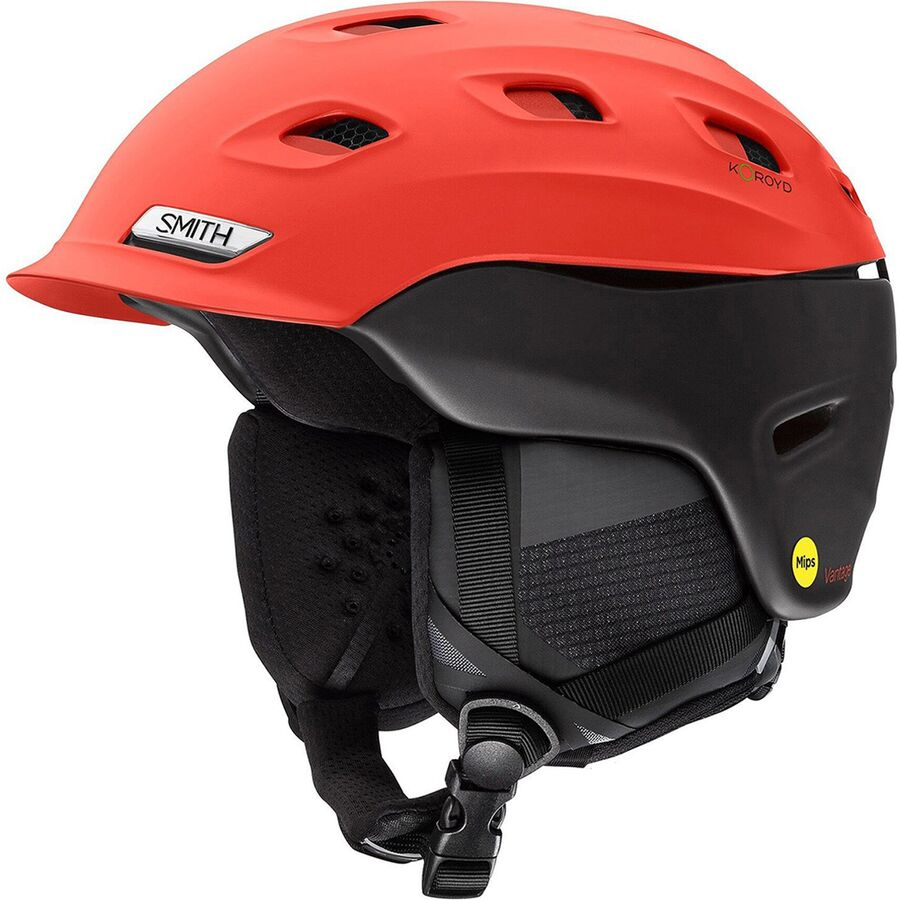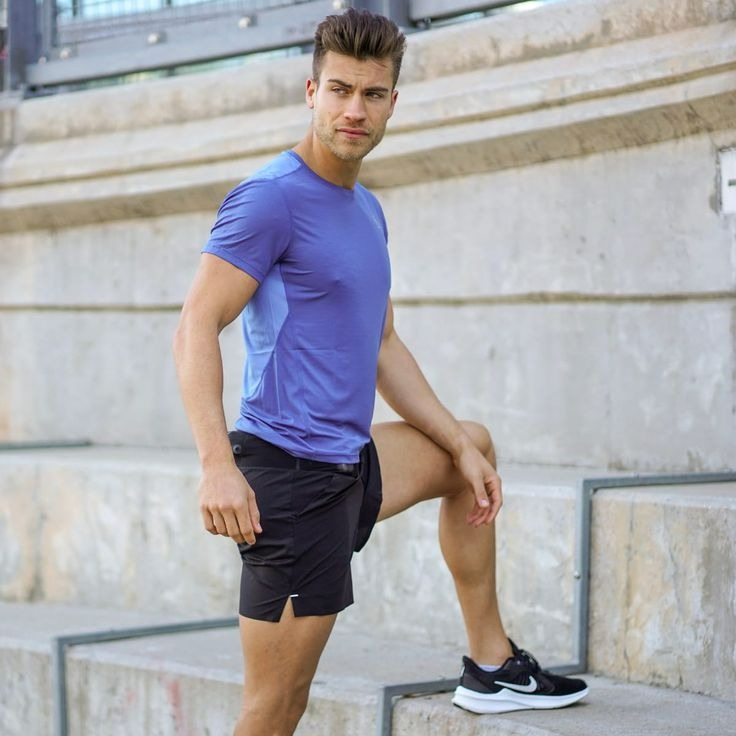Smith ski helmets have become an integral part of the skiing and snowboarding communities. Known for their innovative design, top-notch safety features, and stylish aesthetics, Smith helmets cater to both amateur and professional winter athletes. Let’s delve deeper into what makes Smith ski helmets stand out in the crowded market of winter sports gear.
The Evolution of Smith Ski Helmets
A Legacy of Innovation
The journey of Smith ski helmets began with Dr. Bob Smith, an orthodontist and avid skier, who was driven by a desire to improve the skiing experience. In 1965, he revolutionized the industry by inventing the first sealed thermal lens and breathable vent foam goggles. This spirit of innovation carried forward into the design and production of Smith ski helmets.
Smith recognizes the evolving needs of skiers and snowboarders. Their helmets incorporate cutting-edge technology, ensuring that every product is at the forefront of safety and comfort. Over the decades, Smith has remained steadfast in their commitment to advancing helmet technology, consistently introducing new materials, designs, and features.
Materials and Construction
Smith ski helmets utilize advanced materials to provide superior protection and comfort. The use of lightweight, durable materials like polycarbonate and ABS plastic ensures that the helmets can withstand significant impact without becoming cumbersome. Smith also integrates EPS foam liners, which are specifically designed to absorb shocks and minimize injury during falls.
In recent years, Smith has spearheaded the adoption of hybrid shell construction. This approach combines the durability of a hardshell helmet with the lightweight and flexibility of in-mold designs. This hybrid construction not only enhances the durability of the helmet but also optimizes the comfort for the wearer, ensuring that they remain protected without sacrificing mobility or ease of use.
Top Safety Features
MIPS Technology
One of the standout features of Smith ski helmets is the incorporation of MIPS (Multi-directional Impact Protection System) technology. Introduced to address rotational forces during impacts, MIPS technology provides an extra layer of protection. The system works by allowing a small amount of relative motion between the helmet and the head, reducing the rotational force transferred to the brain.
Skiing and snowboarding involve high speeds and unpredictable terrain. Falls can result in rotational forces that are harmful to the brain. By incorporating MIPS into their helmets, Smith significantly reduces the risks associated with such impacts, offering skiers and snowboarders a higher degree of safety.
Aerocore and Koroyd
Another innovative feature in Smith ski helmets is the Aerocore construction, enhanced by Koroyd technology. Aerocore construction is designed to increase airflow and improve temperature regulation in the helmet. Koroyd, an advanced polymer material, is incorporated into the helmet in a honeycomb-like structure, which is highly effective in absorbing energy from impacts.
This combination of Aerocore and Koroyd allows for superior protective capability while maintaining lightweight design and breathability. Helmets with Aerocore construction often feature strategically placed vents that facilitate continuous airflow, ensuring that the wearer remains comfortable even during intense skiing sessions.
Adjustable Ventilation Systems
Comfort is crucial for any skier or snowboarder spending long hours on the slopes. Smith helmets address this need through adjustable ventilation systems. These systems allow the wearer to control the amount of airflow into the helmet, which can be adjusted based on the weather conditions or the level of physical exertion.
Smith’s adjustable ventilation systems are designed to be user-friendly, allowing skiers to modify the ventilation even with gloves on. Whether facing cold winds or warmer spring skiing days, the adjustable vents ensure that the wearer remains at an optimal temperature, enhancing overall comfort and performance.
Design and Style
Diverse Range of Models
Smith offers a wide range of ski helmets catering to different preferences, styles, and performance needs. Each model is crafted with a specific target audience in mind, including beginner skiers, seasoned enthusiasts, and professional athletes. Some popular models in the Smith helmet lineup include the Vantage, the Mission, and the Holt.
The Vantage helmet, for example, is designed for advanced skiers seeking top-of-the-line performance and protection. It features Aerocore construction, MIPS technology, and a high number of adjustable vents. The Mission helmet, on the other hand, is tailored for intermediate skiers looking for a balance between performance and affordability. Meanwhile, the Holt offers versatility and style suitable for both skiers and snowboarders.
Customization Options
Smith recognizes that style and individuality are important to their customers. Therefore, many of their helmets come with customization options. Users can choose from a variety of colors, patterns, and even graphic designs to match their personal style or coordinate with other gear.
In addition, Smith offers various accessory options such as interchangeable ear pads, different goggle compatibility fittings, and integrated audio systems. These customization features enable skiers and snowboarders to tailor their helmet to not only match their aesthetic preferences but also fulfill their functional requirements.
Sleek and Modern Aesthetics
Beyond just functionality and safety, Smith ski helmets are designed to appeal to fashion-conscious athletes. The helmets boast sleek lines, modern shapes, and a clean look that enhances the overall appearance of the skier or snowboarder. The careful attention to detail in design aesthetics means that Smith helmets not only protect but also contribute to the wearer’s confidence on the slopes.
The Importance of Proper Fit
Inclusivity in Sizing
Smith understands the diverse needs of their customers and offers a wide range of sizes to ensure the perfect fit for every individual. Proper helmet fit is crucial not just for comfort but for effective protection. A helmet that is too tight can cause discomfort and distractions, while a loose helmet can fail to provide adequate protection in the event of an impact.
Smith’s inclusive sizing covers options for children, women, and men, with adjustable fitting systems that allow for fine-tuning. The use of features like adjustable dial-fit systems or Boa Fit System ensures a secure and comfortable fit, adaptable to various head shapes and sizes.
Comfort and Padding
Comfort is going to maximize through carefully designed internal padding and linings. Smith helmets often feature anti-bacterial, moisture-wicking linings that keep the interior fresh and dry. These linings can also be going to remove for easy cleaning, ensuring the helmet stays hygienic over multiple uses.
Moreover, the strategically placed padding not only provides additional comfort but also plays a critical role in fit and impact absorption. Smith continually refines these components based on user feedback and laboratory testing to ensure that their helmets deliver a premium experience.
How to Measure for a Perfect Fit
For those investing in a Smith ski helmet, achieving a perfect fit begins with accurate measurements. Smith provides detailed size charts and fitting instructions on their website and through retailers. It’s going to recommend to measure the circumference of the head just above the eyebrows and eyes, ensuring the tape measure is level. This provides a baseline for selecting the appropriate helmet size.
Once the helmet is going to receive, it’s essential to try it on and make any necessary adjustments using the built-in fitting systems. The helmet should sit snugly, with no significant gaps between the padding and the head, while still allowing for unobstructed movement and comfort.
Integration with Other Gear
Seamless Integration with Smith Goggles
Smith ski helmets are going to design for seamless integration with Smith goggles. This compatibility ensures that users experience a perfect fit between their helmet and goggles, eliminating issues like goggle slippage or gaps that can lead to cold air and snow entering the helmet.
The integration is further enhanced by Smith’s AirEvac ventilation system, which helps to keep goggles fog-free by directing warm air away from the goggle lens. This strategic design ensures clear visibility, which is crucial for safe and enjoyable skiing or snowboarding.
Audio Compatibility
Adding to the versatility of Smith ski helmets is their compatibility with various audio systems. Many Smith helmets are going to design with removable ear pads that can easily accommodate audio devices, allowing skiers and snowboarders to listen to music or communicate via Bluetooth while on the slopes.
Smith also collaborates with leading audio brands to provide integrated audio solutions that fit perfectly within their helmets. This collaboration ensures that users can enjoy high-quality sound without compromising the safety or fit of their helmet.
Helmet Accessories
Smith offers a range of accessories to further enhance the functionality of their helmets. From additional visor options to helmet bags for safe storage and transport, these accessories allow users to maximize the utility and lifespan of their Smith ski helmets. Each accessory is going to design with the same attention to detail and quality as the helmets themselves. And ensuring consistency in performance and style.
Sustainability and Environmental Responsibility
Commitment to Sustainable Practices
Smith is not only pioneering in terms of technology and safety but also in their commitment to sustainability. The company recognizes the impact of manufacturing on the environment and is going to dedicat to implementing eco-friendly practices throughout their production processes.
From sourcing sustainable materials to reducing waste and energy consumption in their facilities, Smith is actively working to minimize their environmental footprint. Their dedication to sustainability extends to their product packaging, where they use recyclable materials and seek to eliminate excess waste.
Eco-Friendly Product Lines
Smith has introduced eco-friendly product lines that utilize recycled materials without compromising on performance or safety. These products often feature materials like recycled EPS foam and eco-friendly fabrics. By offering these options, Smith provides consumers with the choice to support environmentally conscious products, aligning their passion for skiing and snowboarding with a commitment to preserving the natural landscapes they love.
Corporate Social Responsibility Initiatives
Smith’s responsibility extends beyond their products to their corporate social responsibility (CSR) initiatives. The company actively supports and engages with various environmental and community organizations. They partake in initiatives that promote outdoor education, conservation efforts, and sustainability programs.
By partnering with these organizations, Smith not only contributes to meaningful causes but also encourages their customers to engage in and support environmental stewardship. This holistic approach underscores Smith’s dedication to more than just producing high-quality gear. And it emphasizes their role in fostering a responsible and sustainable future for winter sports and the planet.
Conclusion
Smith ski helmets stand as a testament to the blend of safety, innovation, and style. Through relentless innovation, attention to detail, and a strong commitment to sustainability, Smith has solidified its position as a leading brand in the winter sports industry. Whether you are a casual skier or a professional athlete, Smith offers helmets that ensure the highest levels of protection and comfort, allowing you to focus on what you love most – enjoying the slopes.





